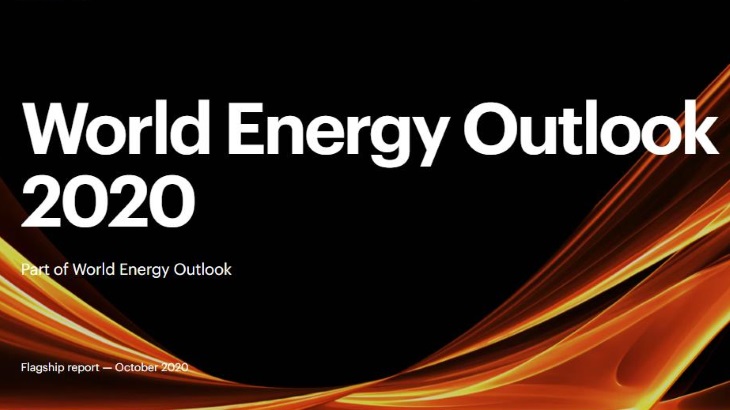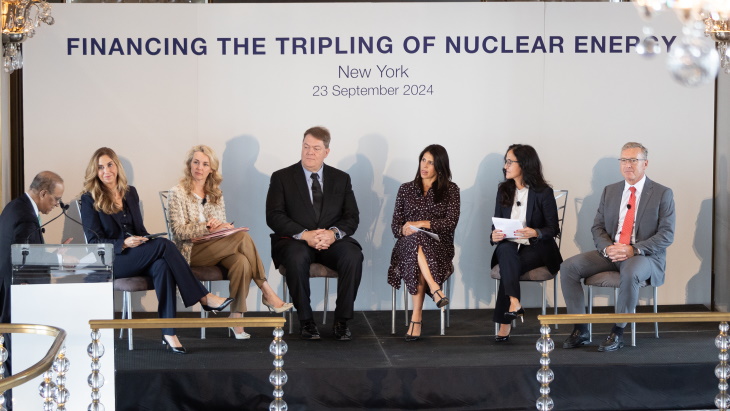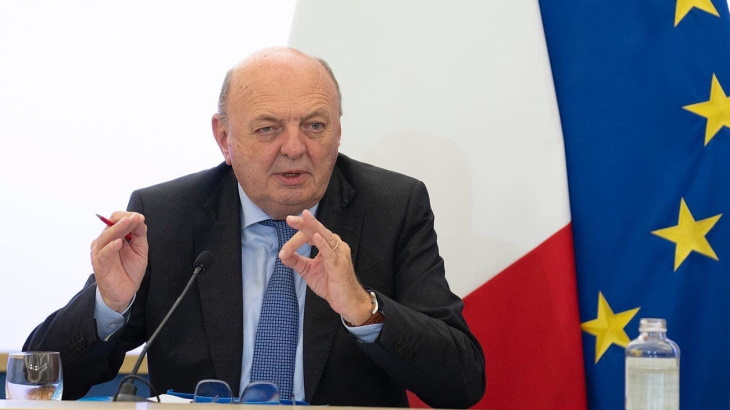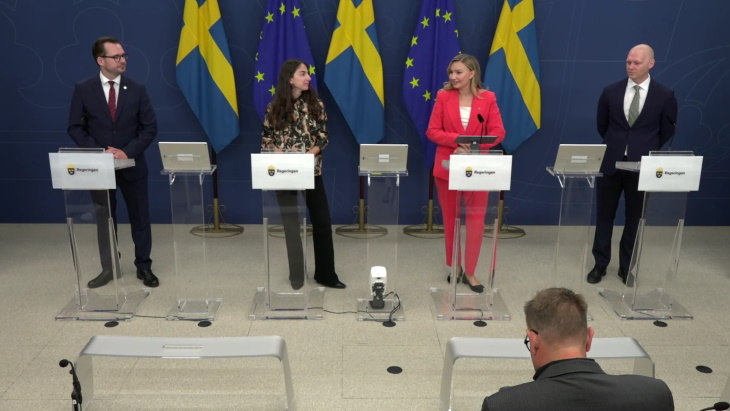IEA report highlights need for 'new momentum' behind nuclear power

Publication of the report - World Energy Outlook 2020 (WEO 2020) - follows IEA Executive Director Fatih Birol’s comments last week that the scale of the climate challenge means the world cannot afford to exclude nuclear power. In a joint op-ed with Rafael Mariano Grossi, director general of the International Atomic Energy Agency, Birol wrote that low-carbon electricity generation will need to triple by 2040 to put the world on track to reach energy and climate goals, saying "it is very difficult to see how this can be done without a considerable contribution from nuclear power".
WEO 2020 focuses on the next 10 years and explores four different pathways out of the COVID-19 crisis: the Stated Policies Scenario (STEPS), Delayed Recovery Scenario, Sustainable Development Scenario (SDS) and Net Zero Emissions by 2050 Case (NZE2050).
In the SDS, as well as rapid growth of solar, wind and energy efficiency technologies, the next 10 years would see "a major scaling up of hydrogen and carbon capture, utilisation and storage, and new momentum behind nuclear power", the IEA said. In this scenario, 140 GWe of new nuclear capacity would be built by 2030, "as part of a surge in clean energy policies and investment that would put the energy system on track to achieve sustainable energy objectives in full, including the Paris Agreement, energy access and air quality goals". By 2040, nuclear capacity increases to 599 GWe and global nuclear output reaches 4320 TWh, up 55% from 2019. In the NZE2050, 180 GWe of new nuclear capacity is built by 2030.
Source of flexibility
Nuclear power has been affected by the fall in electricity demand during the pandemic and the IEA estimate a 4.5% fall in output for 2020 as a whole compared with 2019. However, from an operational point of view, nuclear reactors performed well during the lockdowns, providing an important source of flexibility in many markets, it added.
Alongside the drop in demand, permanent facility closures explain part of the fall in output. In advanced economies, 12 reactors closed in the second-half of 2019 and the first-half of 2020 and one started construction. Reduced operating revenue also undermined the case for investing in operating extensions for existing nuclear facilities, the report notes.
China is one of the few regions that are on track to see an increase in year-on-year generation from nuclear power in 2020, it said, mainly due to full-year operation of two large reactors that started in June 2019, as well as output from another reactor that began operations in August 2020.
Nuclear power provides around 10% of global electricity supply and is the second-largest low emissions source after hydropower. Global nuclear power production in 2019 was the second-highest on record, and higher than in 2010 before the accident at Fukushima Daiichi in Japan. The fall in electricity demand resulting from the COVID-19 pandemic looks set to lead to a fall in nuclear output of 125 TWh this year, with demand returning to pre-crisis levels in 2024, according to the report.
Global nuclear power output rises by around 10% from 2019 to 2030, but its share of electricity production declines slightly and two divergent regional trends become apparent, it says. In emerging market and developing economies, nuclear power output increases by over 60% from 2019 to 2030, but output in advanced economies is set to fall by 10% from 2019 to 2030.
By 2023, nuclear power output returns to pre-crisis levels as electricity demand recovers. Global nuclear power output then rises in the STEPS by around 15% from 2020 to 2030, though its share of supply declines slightly as two distinct regional pathways emerge. In the SDS, global nuclear power generation rises further to 30% to 2030. In emerging market and developing economies, nuclear power output increases by two-thirds from 2019 to 2030, raising its share of generation slightly to 6%.
China leads capacity growth
In emerging market and developing economies, nuclear power capacity totalling 42 GWe was under construction at the start of 2020 (out of 62 GWe globally) and nuclear power capacity rises from 110 GWe to about 180 GWe in 2030. China is on track to become the leader in nuclear power around 2030, overtaking the USA and the European Union, the report says.
"China is one of the few countries that have included nuclear power, along with renewables, in the low emissions strategy in its Nationally Determined Contribution under the Paris Agreement. Significant programmes underway in Russia, India and the Middle East could add to the expansion of nuclear power," the report notes.
Over the next decade, more than 70 GWe of nuclear power are permanently closed in advanced economies in the STEPS, while lifetime extensions prolong the operational life of about 120 GWe that would otherwise have closed by 2030. Some 20 GWe of new nuclear power capacity was under construction at the start of 2020 in Finland, France, Japan, Korea, Slovakia, Turkey, the UK and the USA: there is otherwise limited projected additional capacity over the next decade in advanced economies.
Total nuclear capacity declines by 20% by 2030 in the EU, with the largest reductions in Germany, Belgium, Spain and France. In the USA, nuclear power capacity declines by 10% to 2030. In Japan, installed capacity declines from 33 GWe in 2019 to about 30 GWe in 2030, though the progressive re-start of the fleet lifts nuclear power output.
Even in countries that support nuclear power, there is a risk that nuclear power will "fade faster" than in the STEPS as a result of extremely challenging market conditions and the risks associated with new capital investment, the report says. This is despite evidence that lifetime extensions support clean energy transitions and are the most cost-effective source of low emissions electricity in several markets, it adds.
Call for investment
In response to the report, World Nuclear Association Director General Agneta Rising said: "We welcome the IEA’s recognition of the potential for nuclear energy to play an important role in the transition to a clean energy system and we strongly endorse the IEA’s call for investment in clean energy, including nuclear energy, to rise from the current one-third of total energy investment to around two-thirds by 2030."
She added: "We support the IEA’s view that to achieve the clean energy transition identified in their Sustainable Development Scenario, near-term actions to bolster nuclear power, including supporting lifetime extensions and expanding new build projects, are required."
Further actions will be required, however, and Rising called on governments worldwide to facilitate investment in new nuclear build to tackle systemic issues, such as air pollution and climate change.
"A number of models show that significantly more nuclear energy will be required for an orderly energy transition," she said, noting that in the IPCC’s 1.5C special report middle of the road scenario, for example, nuclear energy increases six times by 2050, and nuclear represents 25% of the electricity mix.
She added: "Investments into nuclear energy strengthen energy security, create long-term jobs, and can contribute to the production of heat and hydrogen to decarbonise other sectors of the economy."



.jpg)






_50521.jpg)

